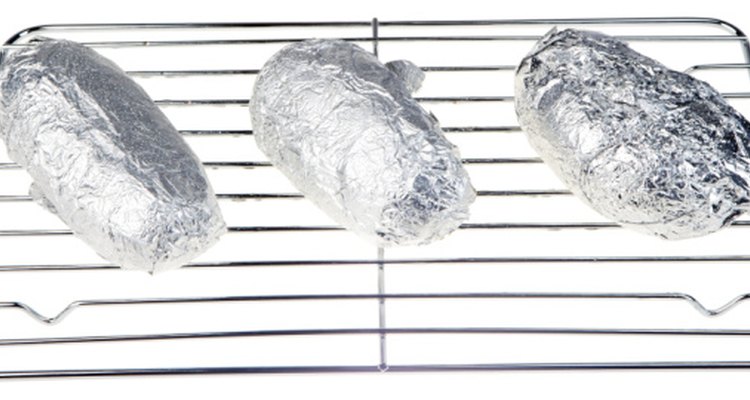
The Yukon Gold potato has a yellow skin with a touch of pink around the eyes. It is possible to store these potatoes well if you keep them in the right areas. The Yukon Gold potato was popular in Europe for many years before finding its way into American kitchens. The moistness in the potato allows the consumer to use less of the fattening condiments -- such as sour cream and butter -- to acquire a tasty flavor.
Storage Location
Yukon Gold potatoes last longer if stored out of direct sunlight. They develop a green skin with prolonged light exposure. Store them in areas that are cool, dark, out of direct sunlight and humid, such as a garage or unheated room or closet. Yukon Gold are early bearers and don't store well long term. Purchase just enough potatoes so that you don't have to store them for long, thus risking wasting the produce.
Storage Temperature
Store the Yukon Gold potatoes short term in room temperatures of 65 to 70 degrees F. They will last at this temperature for one or two weeks. Long-term storage works best when the temperature is around 42 to 55 degrees F.
Short -Term Storage Container
Yukon Gold potatoes need a well-ventilated area to ensure they stay fresh longer. A metal rack or a wooden crate is adequate. Dark-colored, plastic perforated bags are also appropriate for short-term storage. Make sure the bag has plenty of holes along the sides and is loosely tied to provide air circulation. Rotate newly harvested or purchased potatoes in crates with the older ones on top so you use them first. Handle Yukon Gold potatoes gently when storing, do not toss them into the crate or onto the rack. Dry rot may result from rough handling. Potatoes store best in areas with 80 percent relative humidity, which prevents them from becoming dry and limp.
Long-Term Storage
Long-term or winter storage of potatoes in a cool, dark root cellar works best when using a late-growing variety, such as Kennebec and Katahdin. If you want to store the Yukon Gold variety in these areas, cook them as soon as you see any sprouting. Check first to see if they are still firm, if so, remove the sprouts and cook them in your normal fashion. Shriveled, wrinkled, soft potatoes with many sprouts should be discarded and not eaten.
Related Articles

How to Store Potatoes for the Long Term

Can You Store Potatoes in the ...
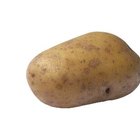
The Times to Plant and Harvest Yukon ...
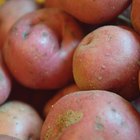
How to Cook Petite Red Potatoes

What Is the Best Potato for Frying?
How to Boil Potatoes So They Can Be ...

How Long Do You Roast Potatoes & at ...

What Are Yellow Potatoes?

Can You Freeze Uncooked White Potatoes?

Do Frozen Potatoes Cook Well Once ...
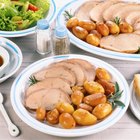
How to Cook Parisian Potatoes

How to Cook Small Dutch Yellow Potatoes

How to Grill Russet Potatoes

The Best Potatoes For Shredded Hash ...
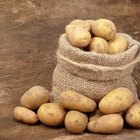
How to Cook Potatoes in the Broiler

Do Potatoes Go Bad When They Freeze?
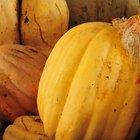
How to Store & Keep Zucchini and Squash ...

Meals That Go Well With Baked Potatoes

How to Cook French Fries on the Barbecue
How to Pressure Cook Medium Red Potatoes
References
Writer Bio
Chelsea Fitzgerald covers topics related to family, health, green living and travel. Before her writing career, she worked in the medical field for 21 years. Fitzgerald studied education at the University of Arkansas and University of Memphis.
Photo Credits
Photos.com/PhotoObjects.net/Getty Images